
I broke down Google’s Pixel 10 family in a recent Android Authority video, and there’s a lot more under the hood than the outward design suggests. If you’re thinking the new phones are just a minor refresh, here are the ten biggest takeaways you should know right now—pricing, new hardware, AI features, Pixel Snap, and when you can actually get one.

1. Pricing: familiar numbers, one notable change
Google kept most prices steady this year, but there’s one subtle shift worth noting:
- Pixel 10 (base): $799 for 128 GB — unchanged.
- Pixel 10 Pro: $999 for 128 GB — unchanged.
- Pixel 10 Pro XL: now starts at $1,199 — but that base tier is 256 GB (the 128 GB option was removed).
- Pixel 10 Pro Fold: remains $1,799 with 256 GB at the base tier.
In short, Google didn’t exactly raise the XL’s price— it removed the cheaper storage option. That matters if you were hoping for a lower-cost XL entry point.

2. Core spec upgrades across the lineup
Every Pixel 10 device ships with Tensor G5 (more on that later), but there are smaller spec bumps throughout:
- Pixel 10: brighter display (up to ~3,000 nits), ~6% larger battery, 30W wired charging, 15W wireless charging, and a new third lens: a 10.8 MP telephoto with 5x optical zoom. The trade-off: the primary sensor drops to a 48 MP unit (the same sensor from the Pixel 9a).
- Pixel 10 Pro: brighter panel (up to ~3,300 nits) with Google claiming no extra power draw, slightly larger battery, 30W wired charging, and a built-in Thread radio for connecting Thread smart-home devices directly.
- Pixel 10 Pro XL: same upgrades as the Pro, but with a much larger 5,200 mAh battery and 45W wired charging—the biggest battery and the fastest wired charging in Pixel history.
- Pixel 10 Pro Fold: bigger, brighter cover display, tougher inner display materials, improved hinge, a significantly larger battery, faster wired charging, and—crucially—a full IP68 rating, making it the first widely available foldable with flagship-level water and dust protection.

3. Pixel Snap and magnetic accessories (finally)
Google introduced Pixel Snap: magnets built into the back of each Pixel 10 device (yes, even the Fold). Pixel Snap brings a MagSafe-style ecosystem to Pixel phones—snap-on magnetic charging docks, cases, and other accessories. All four phones support Qi2 wireless charging and faster wireless rates, and the magnetic system makes using accessories and docks painless.
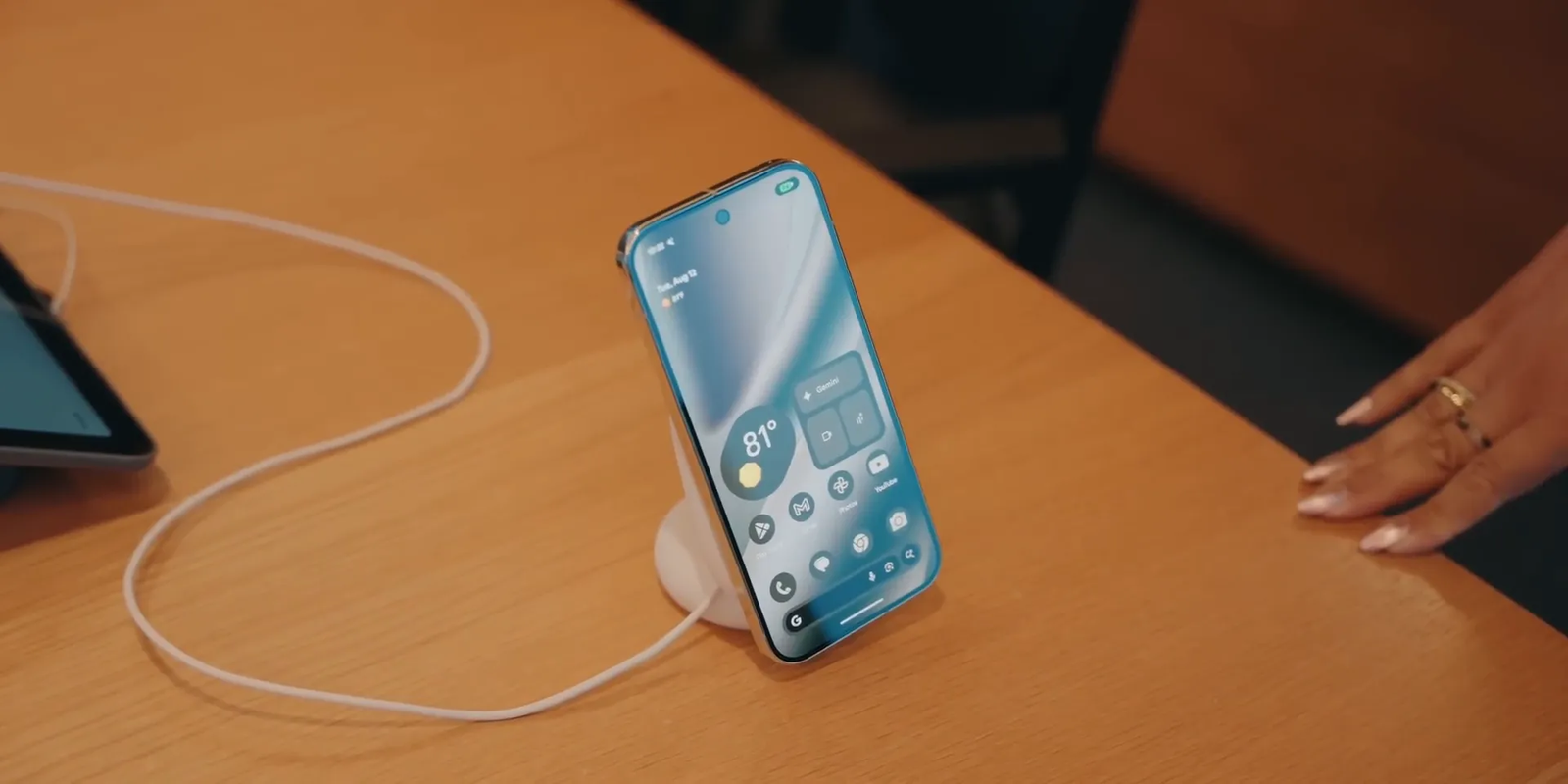
4. Tensor G5: a fresh start on TSMC 3nm
Tensor G5 is the headline silicon change. Google largely moved away from using Samsung Exynos designs and built Tensor G5 from the ground up, having it manufactured by TSMC on a 3 nm process—the same foundry and node used by other leading chipmakers. That should deliver better performance, efficiency, and thermals compared with previous Tensor generations. How it stacks up vs Qualcomm’s Snapdragon 8 Elite in raw performance remains to be fully tested, but Tensor G5 unlocks the advanced on-device AI features Google is advertising.
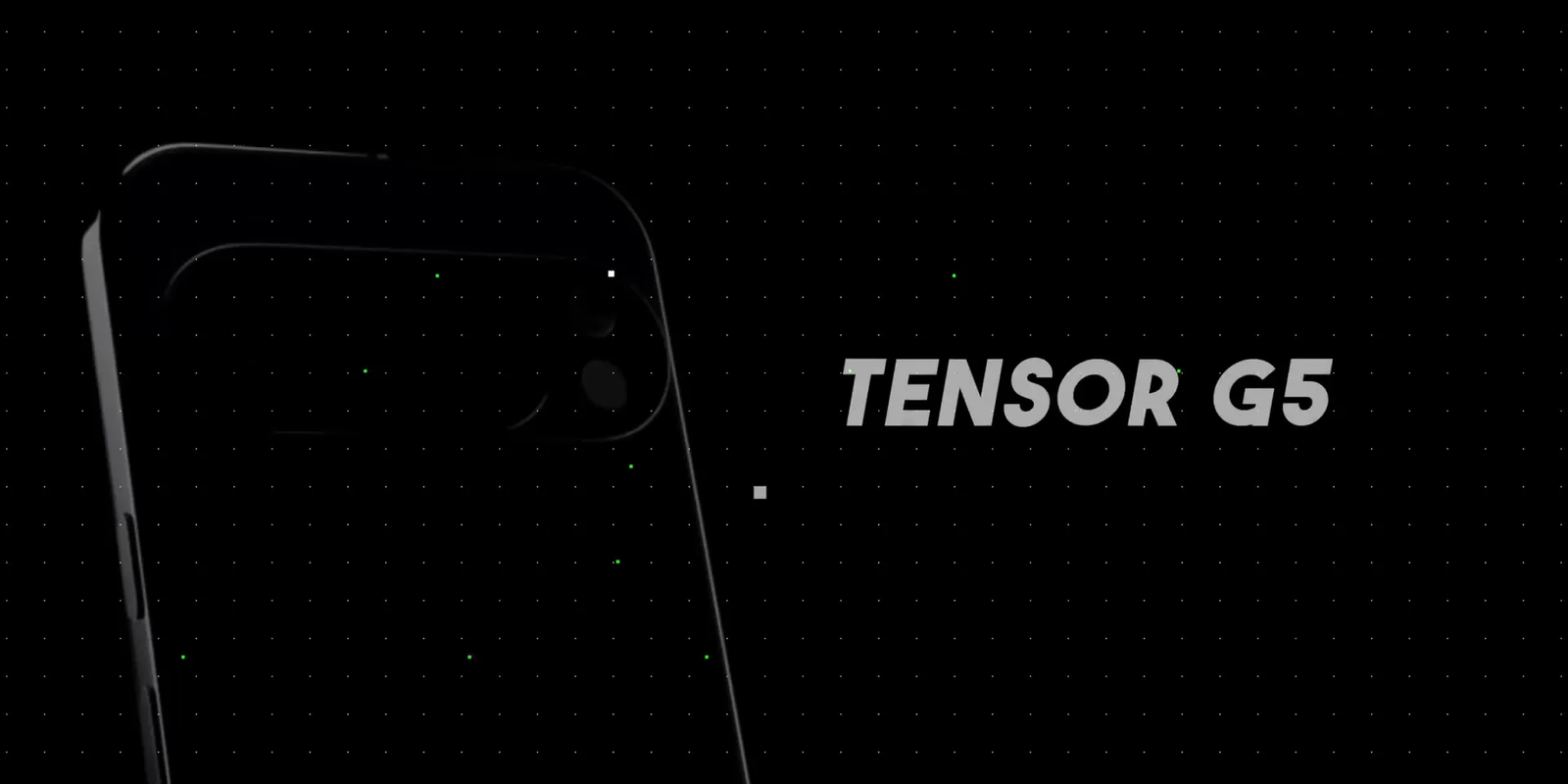
5. 100x Zoom (AI upscaling): impressive but controversial
Pixel 10 Pro and Pixel 10 Pro XL now offer up to 100x zoom. How is this possible without major camera hardware changes? It’s AI-driven upscaling running on-device via Tensor G5.
Here’s the breakdown:
- Optical zoom ends at 5x. Beyond that, the phones digitally crop the image and then use on-device AI upscaling to generate a cleaner-looking image—up to 100x on Pro models.
- Pixel 10 and Pixel 10 Pro Fold are limited to 20x zoom.
- Google saves both the AI-upscaled version and the original uncooked capture, so you can choose which you prefer.
That said, the upscaling adds AI-generated detail that wasn’t in the original capture—so the resulting photo is a hybrid of real and AI-created content. Some will love the improved results; others will dislike the idea of AI “inventing” detail. It’s a new era for mobile zoom, and it raises questions about what we consider a faithful photograph.
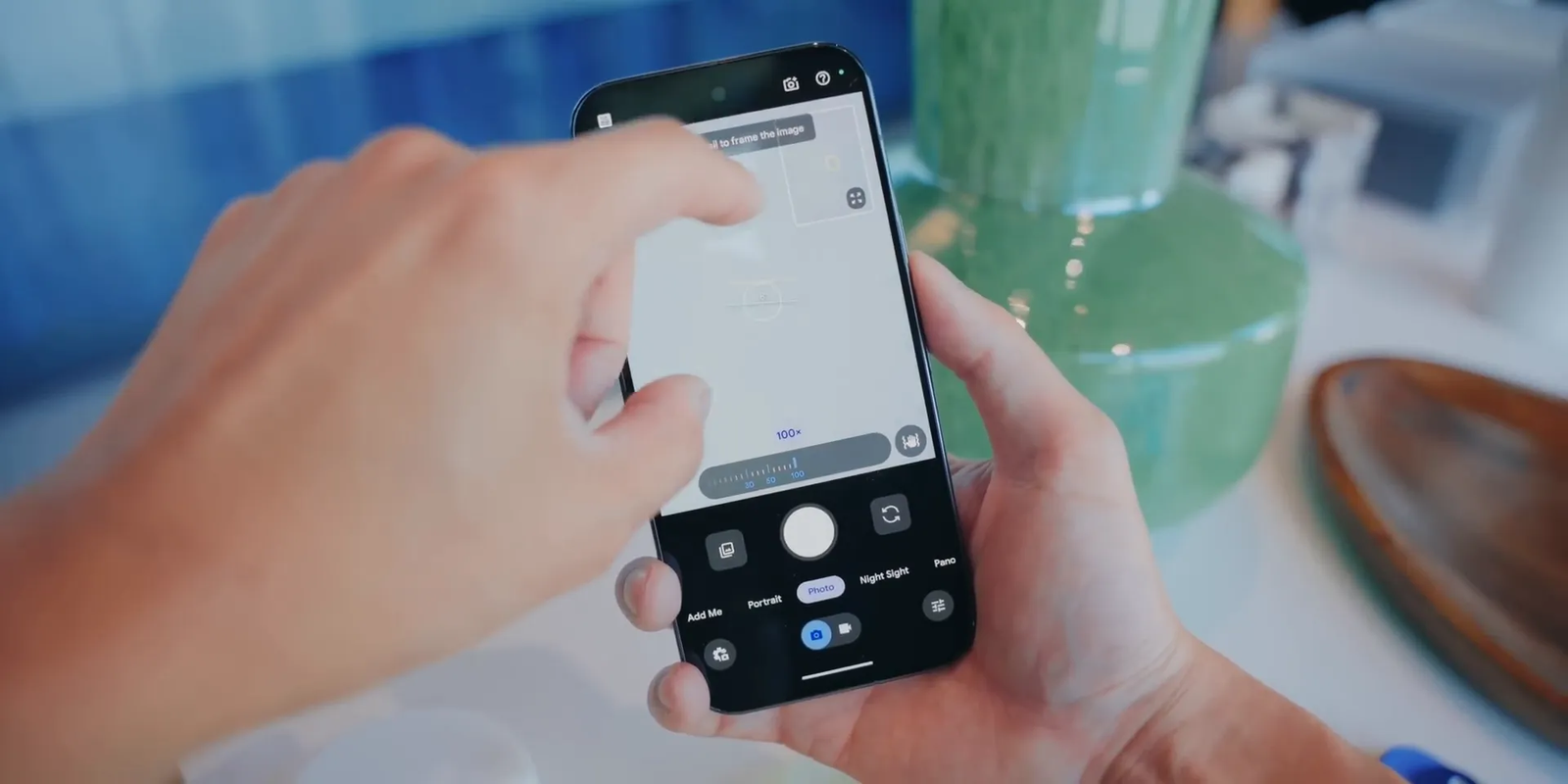
6. C2PA watermarking: provenance built into photos
To help people tell real from altered content, Pixel 10 phones add credentials to images using C2PA (the Coalition for Content, Provenance, and Authenticity). This embeds metadata (an invisible watermark) that indicates whether an image was straight from the camera, edited with non-AI tools, or modified with AI-based tools.
This is a welcome move for photo provenance—Samsung is doing something similar on the Galaxy S25—but it’s not a perfect solution. Questions remain about how robust that metadata is (could it be altered?), and how trustworthy the chain of custody is in real-world sharing scenarios. Still, it’s a step toward better photo authenticity signals.
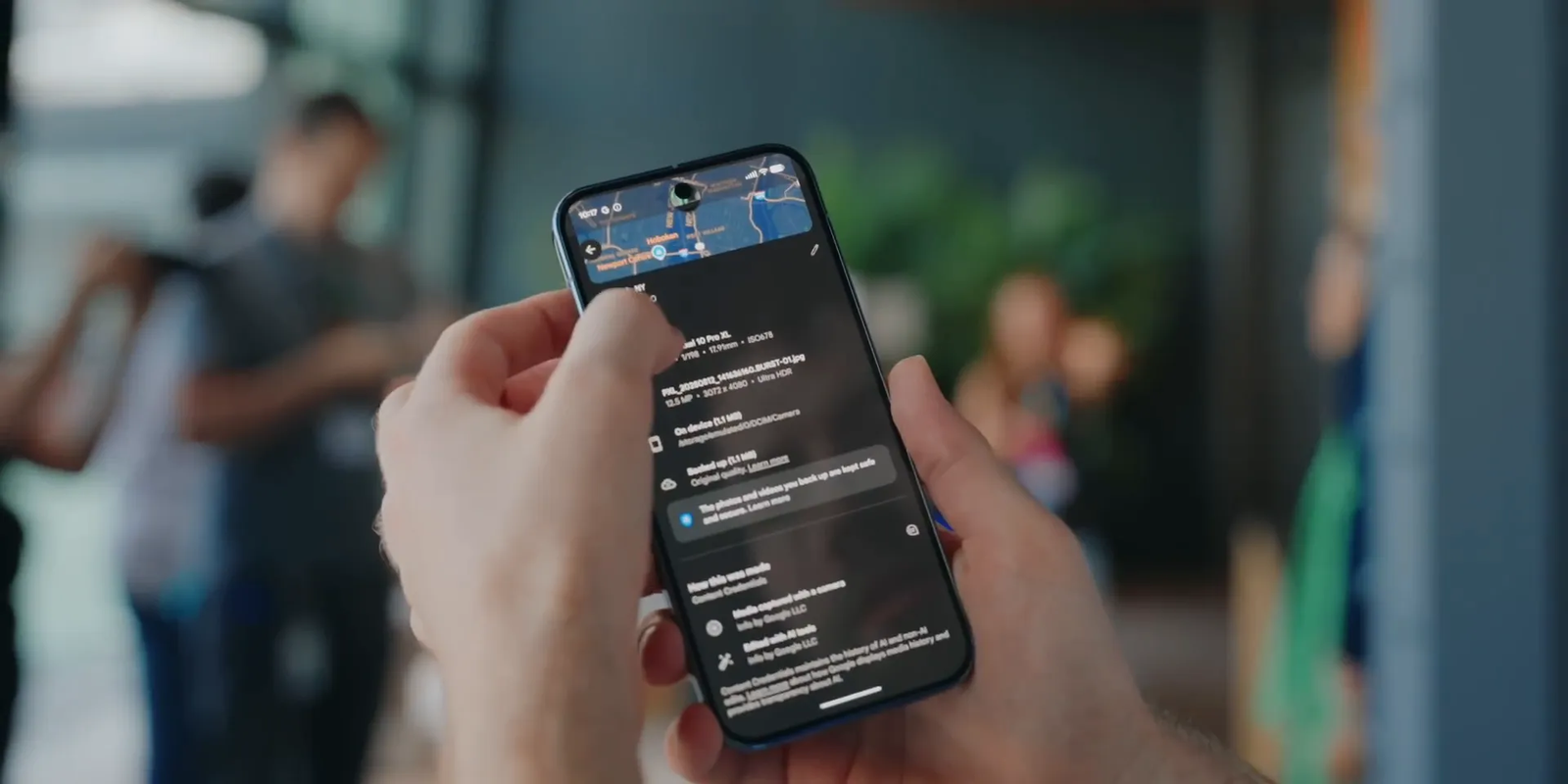
7. Ask Photos: edit photos by talking
Editing photos gets simpler with Ask Photos. Instead of fiddling through sliders and menus, speak your edit: “Fix the lighting in this picture,” or chain commands like “Erase the crowd and straighten this photo.” Ask Photos plugs into existing tools like Magic Editor and can perform multiple edits from a single instruction.
It’s a big usability leap for casual editors who want quick, natural ways to polish photos without learning every control.

8. Camera Coach: get better shots while you shoot
Want to take better photos instead of fixing them later? Camera Coach runs during capture and offers AI suggestions: try a different angle, adjust composition, or use ideas from web examples so you can recreate creative shots. It’s launching as a preview on all Pixel 10 phones, so expect iterative improvements—think of it as an on-device photography tutor that learns with you.
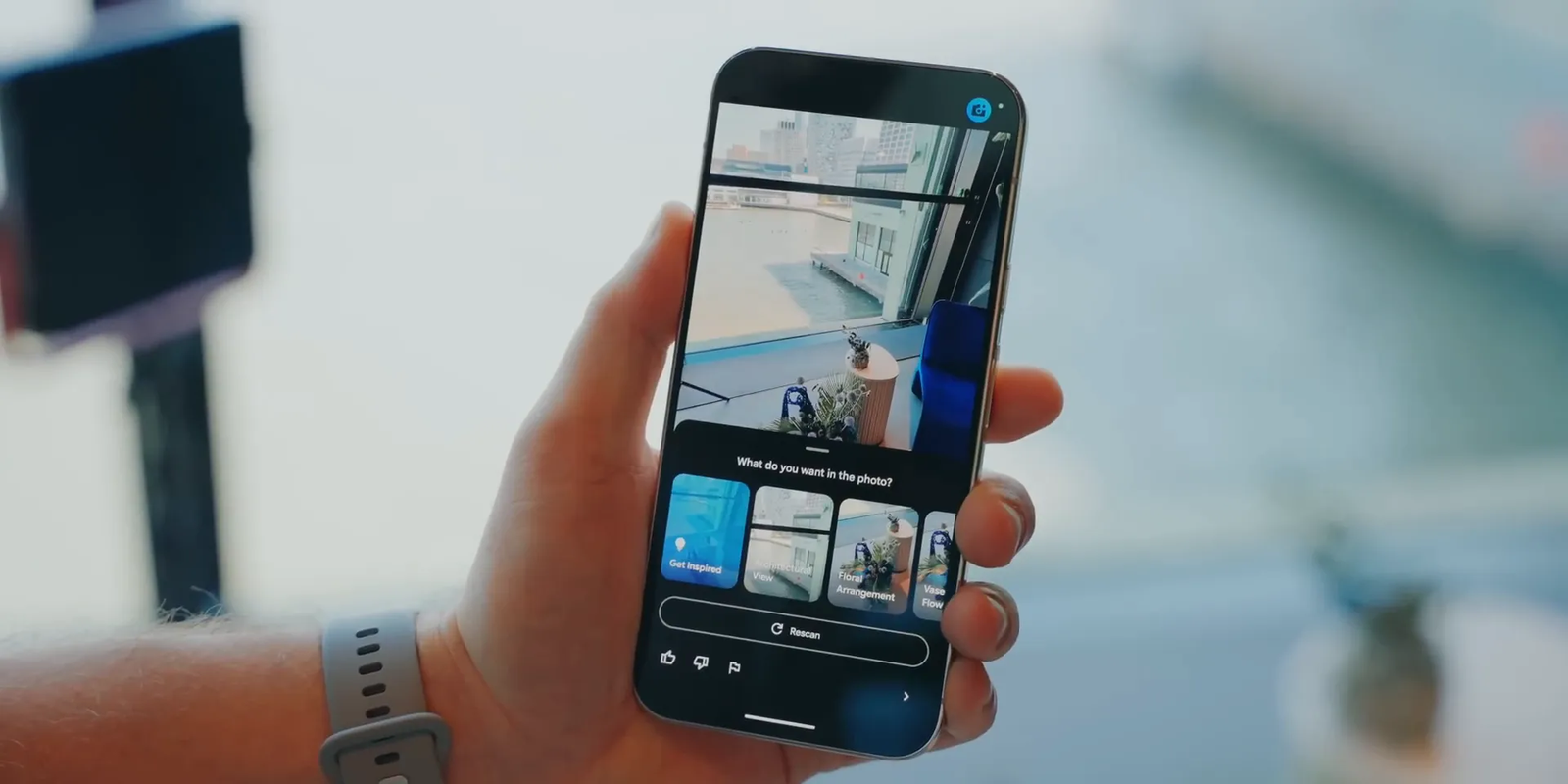
9. Pixel Journal: a private, on-device life log
Pixel Journal expands on Pixel Screenshots to become a privacy-first digital journal. You can log feelings, voice notes, images from Google Photos, and tracks of travel on maps. Importantly, everything is stored locally, locked behind a PIN, and any AI processing happens on-device—nothing is uploaded to Google. It’s intended as a private, offline-friendly way to keep a personal record with smart on-device assistance.
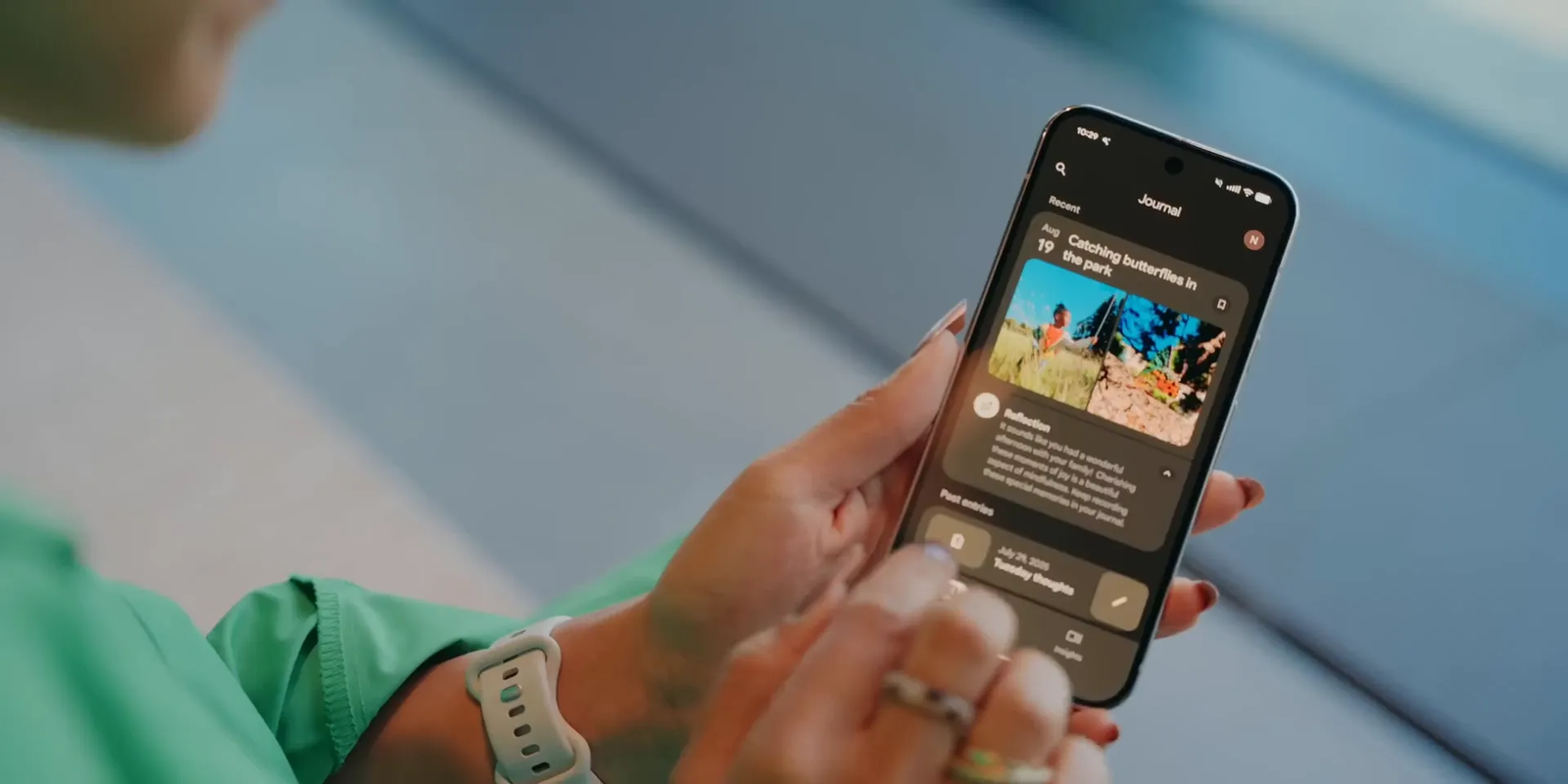
10. Availability: preorder now, staggered ship dates
Key availability details:
- Preorders opened August 20.
- Pixel 10, Pixel 10 Pro, and Pixel 10 Pro XL hit stores on August 28 (preorders should arrive around that date).
- Pixel 10 Pro Fold is available to preorder now but won’t ship until October 9—over a month later than the slabs.
The fold’s delayed availability is a bummer if you’re eager for the top-tier, water-resistant foldable, especially given its premium price.

Final thoughts
The Pixel 10 series is more than a cosmetic refresh. Between Tensor G5 (and its on-device AI), Pixel Snap magnets, enhanced charging and brightness, new camera tricks like 100x AI upscaling, and privacy-minded features like C2PA watermarking and Pixel Journal, Google packed a lot into this generation.
There are trade-offs—the Pixel 10’s main sensor downgrade in exchange for a telephoto, and the philosophical debate around AI-generated detail in photos—but Google is pushing forward on both hardware and on-device AI. Expect deeper testing and full reviews to sort out real-world performance and battery behavior.
“Those are ten of the most important things you need to know about the Pixel 10 series.”
If you want a closer look at any of these features, I’ll be publishing more hands-on tests and comparisons soon. For now, consider which of these upgrades matters most to you: raw camera fidelity, on-device AI tools, magnet-backed accessories, or the foldable’s IP68 protection and bigger battery.